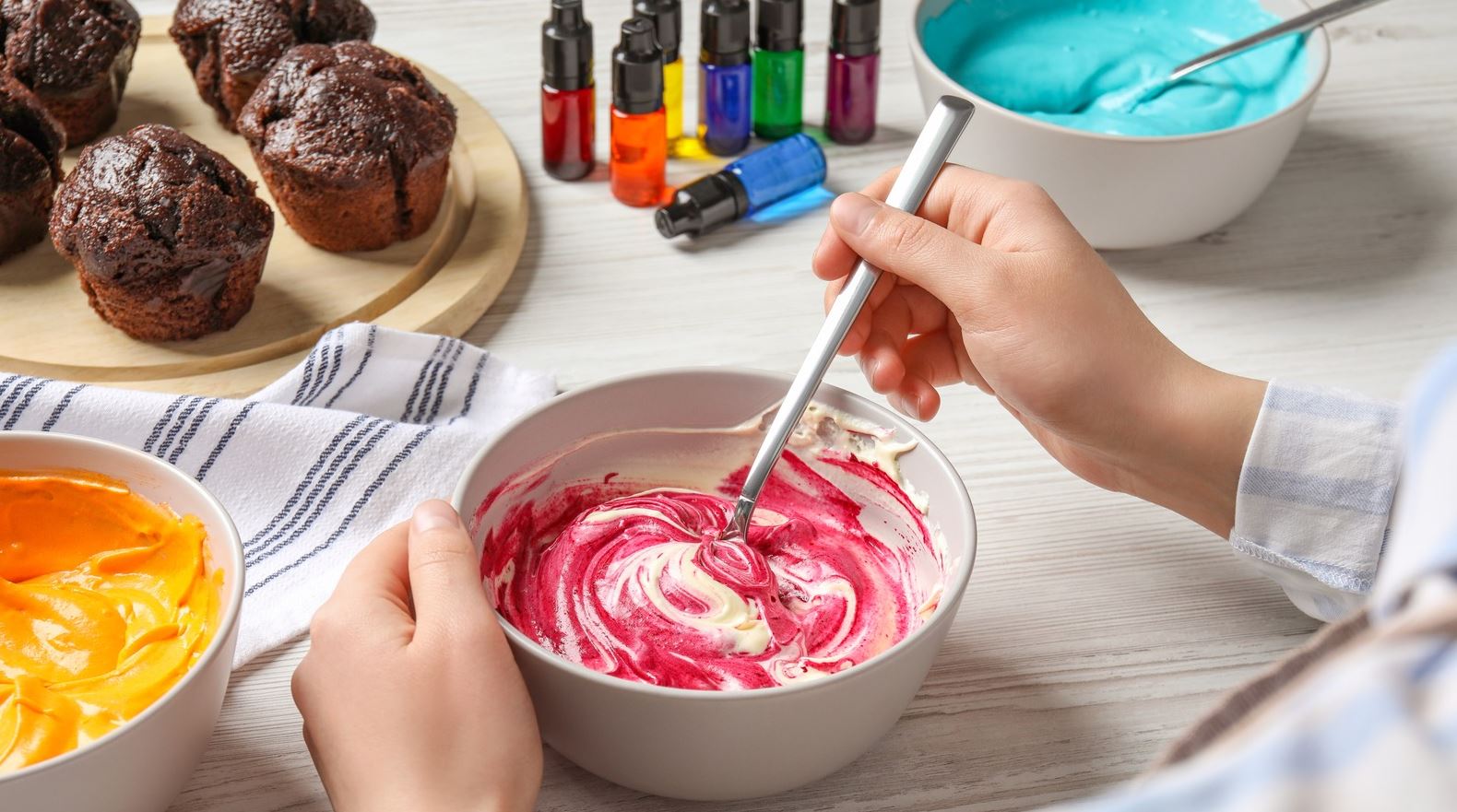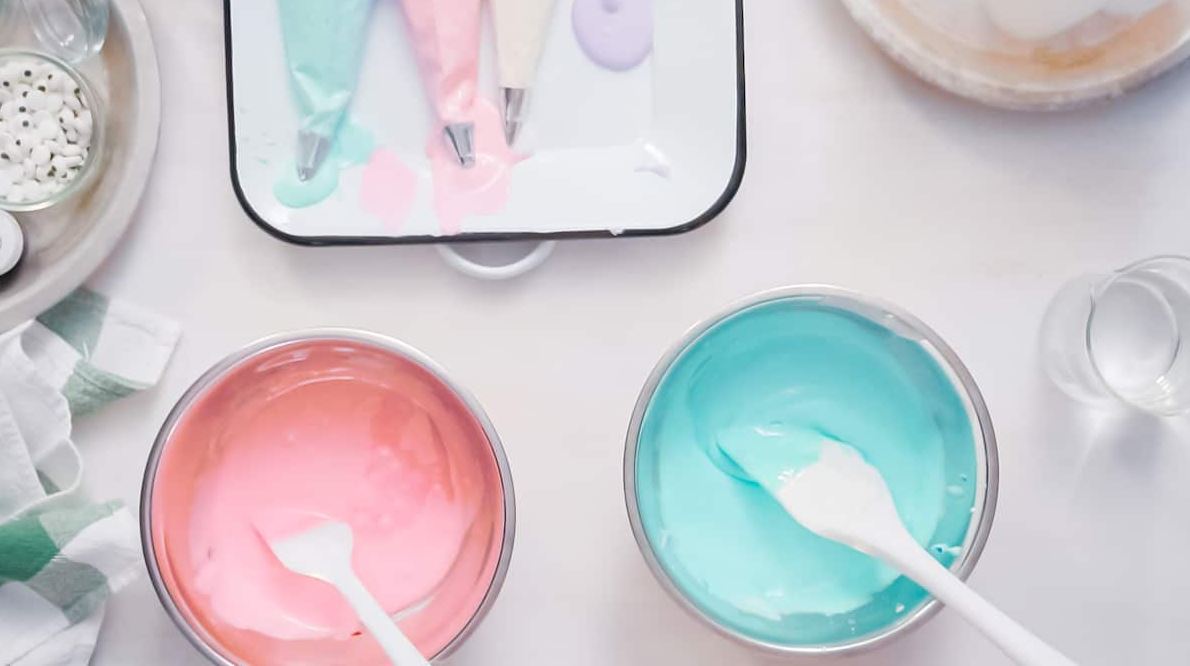Have you ever reached into your pantry, only to find a forgotten bottle of food coloring tucked away in the shadows? As you ponder whether to use it or toss it, questions about its expiration date and safety might arise. Fear not, for we’re here to unravel the mysteries surrounding the shelf life of does food coloring expire. Beyond just adding vibrancy to your culinary creations, understanding the expiration of food coloring ensures both the aesthetic appeal and safety of your dishes.
From vibrant reds to deep blues, food coloring has been a staple in kitchens for centuries, enhancing the visual allure of our favorite treats. But as with any ingredient, freshness matters. Delving into the intricacies of food coloring expiration, we’ll explore the factors that influence its longevity and how to discern whether it’s time to bid farewell to that dusty bottle in the back of your cupboard. Join us on a journey through hues and shades as we uncover the truth behind food coloring shelf life and safety precautions to keep your culinary adventures as vibrant as ever.
Does Food Coloring Expire? A Guide to Shelf Life and Safety

Is Food Coloring Safe to Use Beyond the Expiration Date? Let’s Explore!
Disclosure: This article may contain affiliate links for your convenience. For more information, please refer to my full disclosure policy.
Are you someone who loves to have a stash of food coloring ready for all your festive projects? From vibrant cookie icings to colorful homemade playdough, goldplush.com liquid food coloring can truly elevate your creations. But, like many other pantry staples, you might be curious about its shelf life. After all, no one wants to invest in something that will spoil before you get a chance to use it. The good news is, food coloring typically doesn’t contain any perishable ingredients, so it’s often safe to use even after the expiration date has passed!
How Long Does Food Coloring Last? Unveiling its Shelf Life and Safety Secrets
Food coloring stands apart from other food items in its longevity; it’s the type of purchase you can make in bulk and keep stored away until needed. Unlike perishable ingredients, food coloring doesn’t contain components that deteriorate over time, allowing it to maintain its usability for extended periods. Comprising artificial dyes, water, synthetic compounds, and stabilizers, it remains stable and usable for various applications, from dyeing Easter eggs to adding vibrant hues to cupcakes. Typically boasting a lengthy shelf life, especially when stored properly in a cool, dark cabinet, store-bought food coloring provides versatility and reliability for a range of culinary and DIY projects.
Does Food Coloring Spoil? Investigating Shelf Life and Safety
While does food coloring expire typically maintains its quality over time, there are important considerations to ensure its longevity Proper storage is paramount; exposing food coloring to extreme heat, humidity, or direct sunlight can lead to color alterations. Though these changes don’t necessarily render the food coloring unusable, they may affect the desired outcome, particularly if the altered color is not preferred. To mitigate this, adhere to straightforward storage guidelines to safeguard your food coloring’s integrity. By storing it correctly, you can preserve its vibrancy and usability for whenever you require it, whether for culinary endeavors or other creative projects.
Does Gel Food Coloring Have an Expiry Date? Unveiling its Longevity and Safety
Similar to liquid food coloring, gel food coloring also boasts a lengthy shelf life and typically doesn’t expire. Its simple composition, comprising a bonding agent, a touch of sugar for flavor enhancement, and artificial colors, ensures its stability over time. Whether you’re adding vibrant hues to cupcakes for Valentine’s Day or creating festive treats for Christmas with red and green coloring, gel food coloring remains reliable for various occasions. With no perishable ingredients to worry about, you can store gel food coloring securely and utilize it as needed, often months after purchase, without concerns of spoilage.
Why Do Manufacturers Label Food Coloring with an Expiration Date? Delving into the Reasons Behind Shelf Life Guidance
While food manufacturers are mandated to include expiration dates on products intended for consumption, this doesn’t necessarily dictate the usability of food coloring beyond that date. Unlike perishable food items, food coloring lacks ingredients prone to spoilage, making it generally safe for extended use. Many individuals take advantage of sales, stocking up on food coloring and using it for years without issue in various recipes and projects. As long as the product remains stored properly and shows no signs of deterioration, it can continue to serve its purpose effectively, even beyond the printed expiration date.
Does Homemade Food Coloring Have a Shelf Life? Unraveling the Mystery of Expiry Dates
For individuals preferring to steer clear of synthetic food coloring, homemade alternatives using natural color additives have gained popularity. However, it’s essential to note that homemade food coloring may indeed have an expiry date, contingent upon the specific recipe utilized. When incorporating ingredients that have the potential to spoil over time, it’s advisable to label and date the container to ensure timely usage before any deterioration occurs. Proper storage is crucial; homemade food coloring should be stored in a sealed container in the refrigerator to maintain freshness for approximately two weeks. The shelf life of natural food coloring varies depending on the natural ingredients employed. Extracting natural dyes from fruits, vegetables, or other organic materials through boiling can release their coloring agents but may also render the resulting liquid susceptible to bacterial growth if stored for an extended period.
Best Practices for Storing Food Coloring: A Comprehensive Guide

To ensure the longevity of your food coloring, it’s crucial to store it in airtight containers within a cool, dark, and dry environment, such as cabinets or the pantry, to shield it from extreme temperature fluctuations. Avoid placing it near heat sources like ovens or stoves, as elevated temperatures can alter its colors. With proper storage, food coloring can maintain its quality for years without issue. However, if you observe any changes in appearance, such as color variations or drying, it’s advisable to discard it. Additionally, if you detect any unusual odors or signs of mold growth, err on the side of caution and dispose of it, regardless of the stated expiration date. When in doubt, trust your instincts and exercise prudent judgment to ensure food safety.
Conclusion
In conclusion, exploring the longevity and safety of food coloring unveils a fascinating journey into the realm of culinary aesthetics. Unlike many perishable ingredients, food coloring, whether liquid or gel, typically boasts an impressive shelf life due to its stable composition. While store-bought options often maintain their quality for years when stored properly, homemade alternatives using natural additives may require more vigilant monitoring to prevent spoilage. Understanding the importance of proper storage conditions and recognizing signs of deterioration are key aspects in ensuring the continued safety and efficacy of food coloring in various culinary and DIY applications.
Furthermore, the absence of specific expiration dates on does food coloring expire underscores the unique nature of this culinary staple. Its resilience to spoilage, coupled with the versatility to enhance the visual appeal of a wide array of dishes and crafts, positions food coloring as an indispensable tool in the kitchen and beyond. While synthetic options dominate the market, the rising interest in natural alternatives highlights a growing awareness of health and environmental considerations. Ultimately, whether opting for store-bought varieties or experimenting with homemade concoctions, maintaining vigilance over storage conditions and product quality ensures that food coloring remains a reliable ally in the pursuit of culinary creativity and visual delight.





